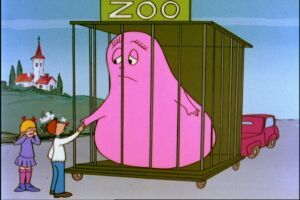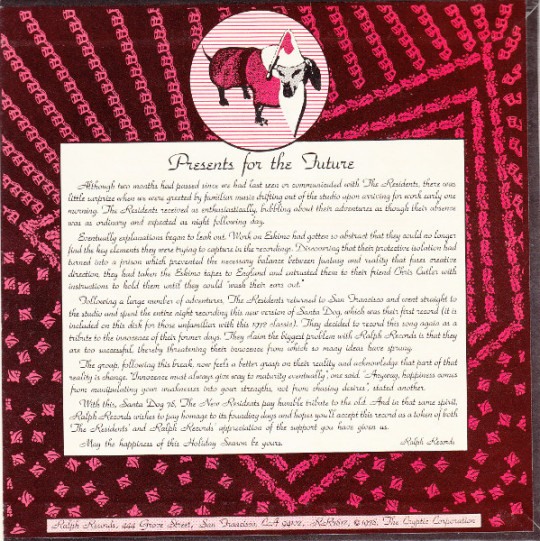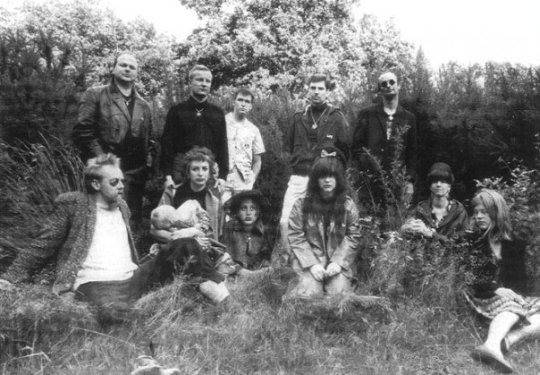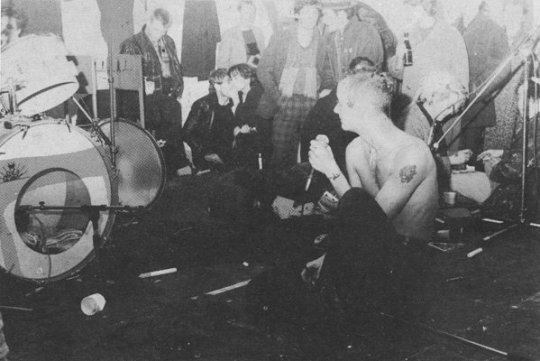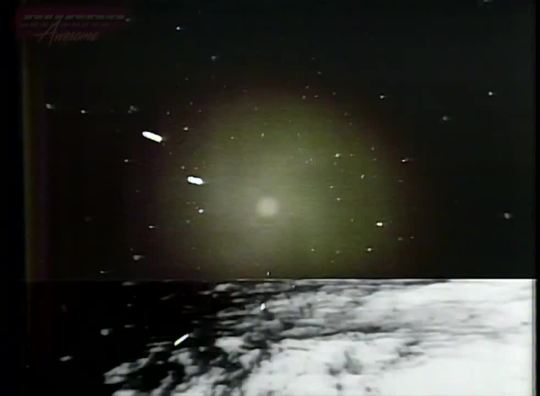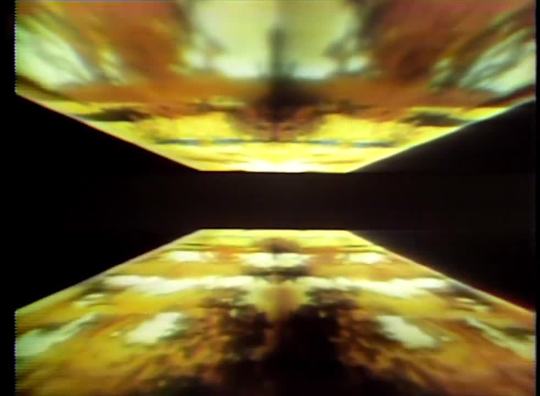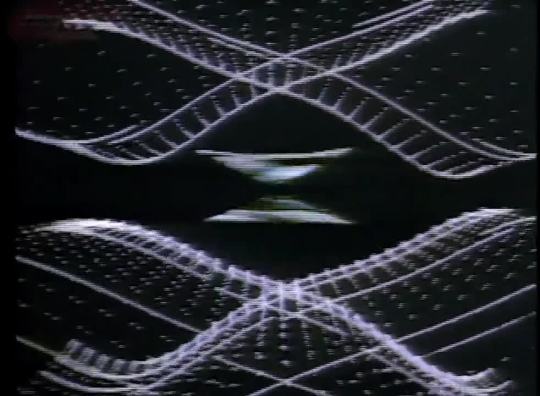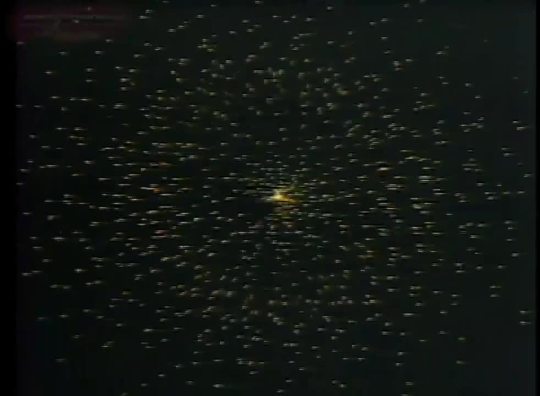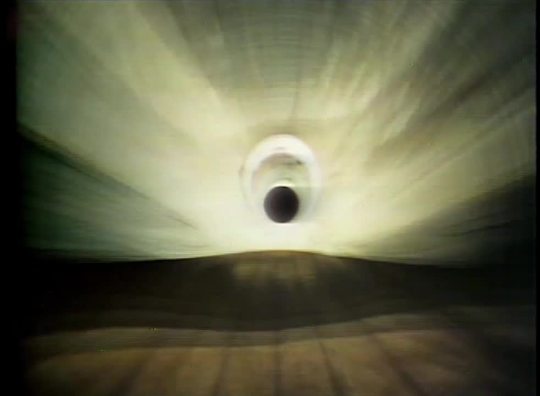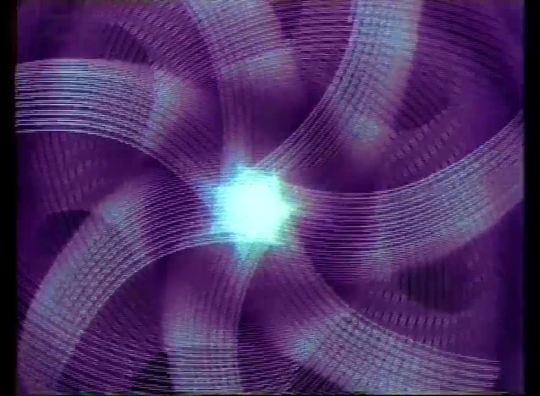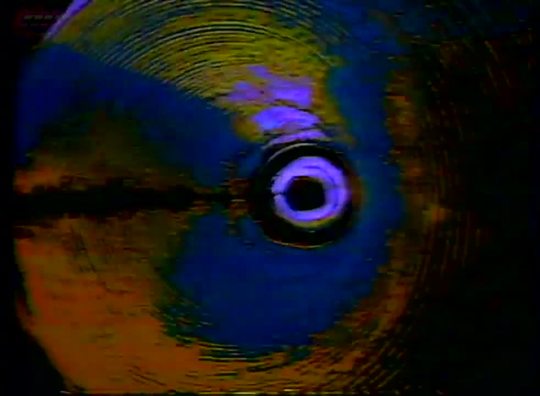Text
A work of art always entails the creation of new spaces and times (it’s not a question of recounting a story in a well-determined space and time; rather, it is the rhythms, the lighting, and the space-times themselves that must become the true characters).
A work should bring forth the problems and questions that concern us rather than provide answers. A work of art is a new syntax, one that is much more important than vocabulary and that excavates a foreign language in language. Syntax in cinema amounts to the linkages and relinkages of images, but also the relation between sound and the visual image.
The Brain is the Screen: Interview with Gilles Deleuze
135 notes
·
View notes
Text
“Poetry leads to the same place as all forms of eroticism–to the blending and fusion of separate objects. It leads us to eternity, it leads us to death, and through death to continuity. Poetry is eternity; the sun matched with the sea.”
— Georges Bataille, Eroticism: Death and Sensuality (City Lights Publishing, 1986)
3K notes
·
View notes
Text







Preliminary Materials for a Theory of the Young-Girl, 2001
707 notes
·
View notes
Photo

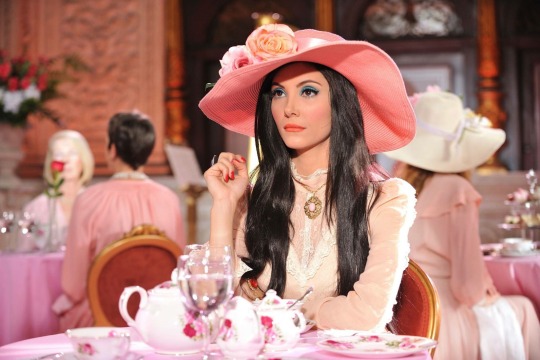

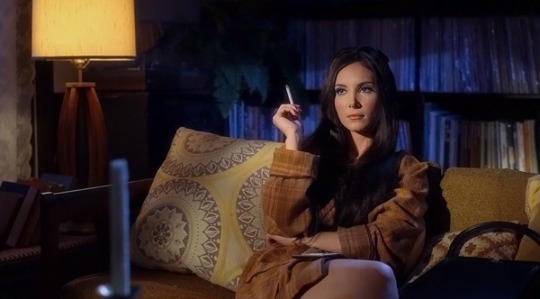



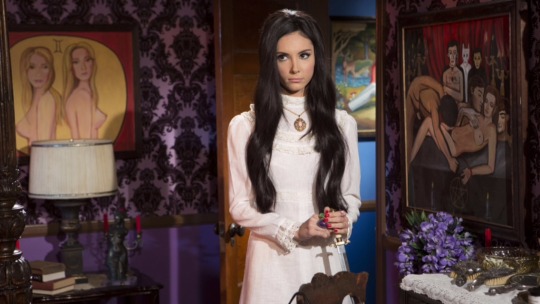


The Love Witch (2016)
Directed by Anna Biller
16K notes
·
View notes
Photo

Mark Ryden and some of his inspiration.
As a fellow vintage toy collector, I am so jealous but can’t bring myself to get mad cause I can’t really make out any duplicates and that is refreshing for a Rushton collector.
56 notes
·
View notes
Text
“Tired I was; my head would go Nodding under the mistletoe (Pale-green, fairy mistletoe), No footsteps came, no voice, but only, Just as I sat there, sleepy, lonely, Stooped in the still and shadowy air Lips unseen—and kissed me there.”
— Walter de La Mare, from “Mistletoe,” Collected Poems (Faber & Faber, 1979)
226 notes
·
View notes
Photo

Wang Haiyang, Untitled, 2018
pastel on paper, 45.5 x 30.5 cm
1K notes
·
View notes
Photo
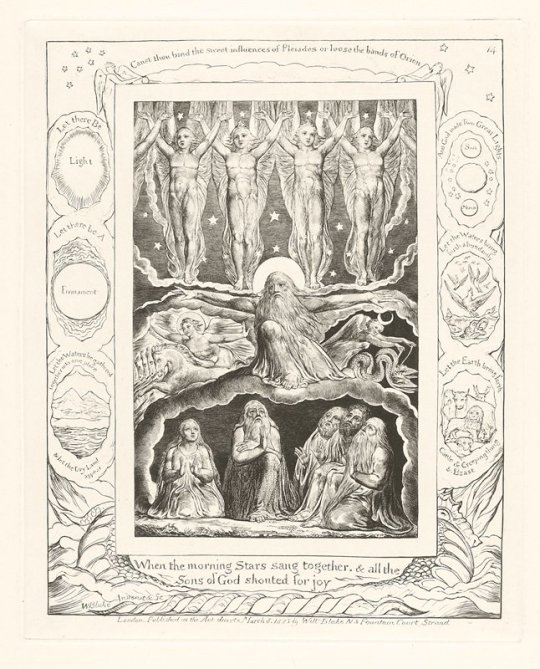
When the morning Stars sang together, & all the Sons of God shouted for joy, William Blake, 1825, Minneapolis Institute of Art: Prints and Drawings
Mystical ecstasy is a state of knowledge as well as emotion but the knowledge is usually so profound as to be incommunicable afterward. Blake possessed two arts to capture and define the wisdom derived from ecstasy. The vision in the universe evoked in this illustration reflects Job’s experience with the Whirlwind depicted in the preceding plate. This universe is the fourfold soul of man: the flesh, the brain, the heart, and the imagination. The lowest is the world of the flesh, where Job sits with his wife and friends enclosed by the thickest cloud-barriers. Above them to the left is the Greek god Apollo, who represents the intellect. This radiant sun god, drawn by the horses of instruction, strives perpetually to push back the clouds enclosing his domain to enlarge it. His counterpart on the right is the moon goddess Diana, the heart. Her purity guides the dragons of passion during the night of marriage. Highest of all is the realm of the imagination, enclosed by the thinnest cloud-barriers. It is separated from the others by a small space, which expands into other empty spaces, suggesting that there exist as yet unknown worlds in the human soul. The central figure of God is always the Divine Imagination in Blake’s writings. He is in the cruciform position of self-sacrifice. His arms protect the brain and the heart, and only through him can the realm of spirit be entered. In his poems, Blake named these realms “the Four Zoas”: Tharmas, the flesh; Urizen, the intellect; Luvah, the emotions; and Los, the creative spirit. In the side margins are the six days of the creation, the Sabbath and Millennium, the spiritual rebirth of man. The lower margin continues the cloud-barrier of the realm of the flesh with the Leviathan of Nature, which resides in the Sea of Time and Space. Below him is the worm of death, coiled around a shrouded corpse. In the upper corners are the constellations Pleiades and Orion.
Size: 8 x 6 7/16 in. (20.32 x 16.35 cm) (sheet)
Medium: Engraving
https://collections.artsmia.org/art/46452/
14 notes
·
View notes
Text
This ability to forget - itself the result of a long and terrible education by experience - is an indispensable requirement of mental and physical hygiene without which civilized life would be unbearable; but it is also the mental faculty which sustains submissiveness and renunciation. To forget is also to forgive what should not be forgiven if justice and freedom are to prevail. Such forgiveness reproduces the conditions which reproduce injustice and enslavement: to forget past suffering is to forgive the forces that caused it - without defeating these forces. The wounds that heal in time are also the wounds that contain the poison. Against this surrender to time, the restoration of remembrance to its rights, as a vehicle of liberation, is one of the noblest tasks of thought.
Herbert Marcuse, Eros and Civilization (1955)
163 notes
·
View notes

